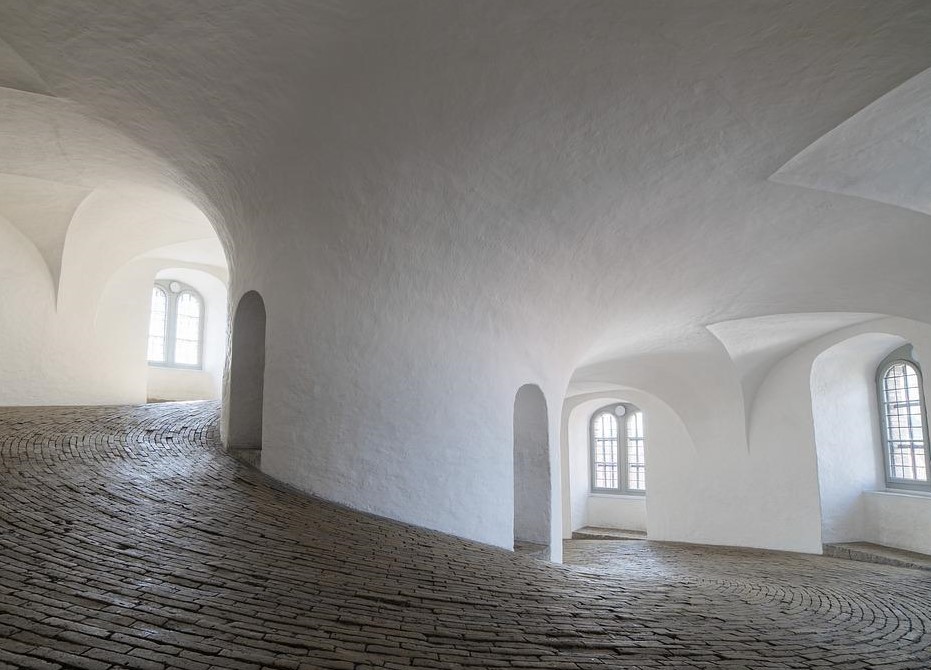If you want to revamp your home, you need to take care of things such as paint color, gradient, and paint ladder according to your needs and requirements. If you have chosen a bright color for your room, it will lighten up. Blemish colors are also potential if you want a bold theme for your bedroom.
In this guide, we will give you an introduction to ceiling paints to give your room or home a new look. Let’s get deeper into the details!
Table of Contents
What are Ceiling Paint and Wall Paint?
Usually, the commonly used paints are latex-based and help you get a smooth finish. Suppose you are applying paint on the ceiling, and it drips; what will you do? Here you can differentiate between ceiling paint and wall paint. Ceiling paint has more viscosity and low drips even just after the painting job. Conversely, the wall paints are thinner, and you may get a little bit of drips.
To give you a more simplified answer, we are telling you about the types of paints with short descriptions.
Types of Ceiling Paint
When you dive deeper, you get several options in ceiling paint categories. Determining the right type of paint is an important job according to your bedroom requirements. It also depends on your imagination and what type of look you want. Check out the main types of ceiling paints in the following:
Flat Acrylic
This is one of the most common types of ceiling paints and best for low-humidity places such as living rooms and places. They reflect minimal light, that’s an essential requirement for a bedroom.
Semi-Gloss Acrylic
This paint type is mainly used in humidity, such as in shower stalls. Simply, such paints are used in a high and consistent humid environment.
Satin Sheen Acrylic
If you use flat paints in high humidity rooms, it might cause cracking, chipping, or staining affecting your whole room look. If you have such places, satin sheen acrylic paints are best for such ceilings such as washrooms, kitchens, or other places.
Cost of Ceiling Paints
It’s not possible to give you an exact amount because cost also depends on many factors such as ceiling paint brand, color, and type. A gallon of ceiling paint typically costs about 20-60 dollars, and it covers about 400 square feet of space. If you have a 20 by 20 room, one-gallon paint is enough to revamp it.
Here you would need paintbrushes, roller covers, rollers, painter’s tape, drop cloth, and other accessories. On average, it will cost about $100 for a single room. If you hire a professional, you have to pay approximately $250 for a 10 by 12 room. So, it’s a rough estimate for an average room.
Advantages of Ceiling Paint
Check out the primary advantages of ceiling paint:
- They have higher viscosity and do not allow drips. In short, you get a good finish and help to cover stains.
- If you want to paint the ceiling, it’s a simple DIY project if you follow the instructions.
- White ceiling paint is a universal color for all types of ceiling, and you can make the contrast wall colors with it.
Disadvantages of Ceiling Paint
After observation and customers review, we have listed a few important cons of ceiling paint in the following:
- The preparation of ceiling paint is time-consuming.
- If the ceiling is vaulted, it might be risky to paint it yourself.
Conclusion
In conclusion, it’s all about ceiling paints to give you an idea of how to differentiate it from other paints. We hope you will find the information helpful in understanding the ceiling paint better. Enjoy your home and ceiling paint projects!

